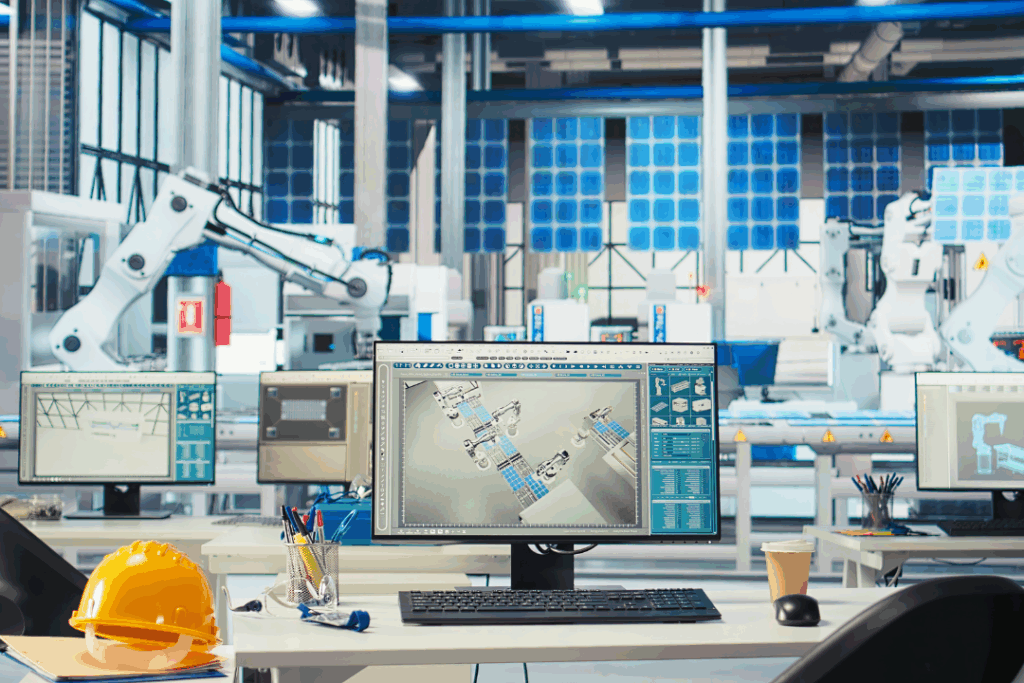The skepticism and indecisiveness about adopting new technologies in the Indian manufacturing has undoubtedly been deterrent to its growth. Price sensitive aspect of the Indian manufacturers have often stifled and overlooked the entailing big benefits and cost-efficiency by adopting new technologies in the long term. Dr. Ravi Bollina is one of the few industry experts who take the onus of turning exponents of new technologies to steer the industry on the futuristic path.
Ambitious, modern and relentless, Dr. Ravi Bollina has overcome such skepticism and unfavorable conditions to become the torchbearer of metal molding injection technology in India. A consultant for metallurgical engineering, materials science and associated processes, Dr Bollina is a self-assured professional. He has worked with multiple industries for several years in USA, Europe and Korea, and now uses his experience to assist up-and-coming entrepreneurs in establishing themselves in the manufacturing landscape.
Dr. Bollina graduated in Metallurgical Engineering and Materials Science from IIT, Mumbai in 2000, completing his PhD in Engineering Science and Mechanics from Penn State University in 2005. For a brief period, he worked as a junior engineer with Global Tungsten and Powders Corporation. From 2005 to 2007, he worked as a project manager with Plansee SE, before becoming a global business development manager for the same firm, in the field of thermal management. He also had a brief stint as Associate Professor in Mahindra Ecole Centrale, Hyderabad. He has been awarded the Young engineer of the year award by Government of India for his work in the field of manufacturing and materials. However, Dr. Bollina most notable contribution has been in introducing and promoting metal injection moulding (MIM) in India.
The MIM Technology
MIM is a moulding technology that is used in building net-shape metal parts. The process involves combining ultra-fine metal powders and a polymer binder system to create a feedstock suitable for injection moulding. These binders are later removed, and the remaining powders sintered to acquire the final product. MIM is best used for parts with complex shapes, low mass and moderate to large production volumes. The materials available from this process include low alloy, stainless and tool steels, and soft magnetic and super alloys. MIM is an indispensable part of all major sectors, including aerospace, automotive, electronics, and the rest.
The MIM industry is one of the most profitable in world, with an annual turnover of US$ 3.5 billion in 2017-2018. The growth y-o-y is 24 %.
Ravi Bollina and MIM in India
When Bollina returned to India for the first time, there were only three MIM companies in the country, compared to 400 in China. In the past four years, he has single-handedly established seven MIM companies in India. He has the distinction of setting up a plant in the Middle East and one in South East Asia. Dr. Bollina faced an uphill task in the beginning: investors had little knowledge of MIM, which is a recently developed technology, and skeptic that such an idea may work in India. He had to change their mindset, convince them to go for new technology, and choose the machinery and the process appropriately to get the price/ performance balance.
The consultant
As to his role as a consultant, Bollina says: “If I can do it, I say ‘Yes’, or I say ‘No’… you should know your boundaries… What you can deliver to the customer is very essential. They will give you money for what you know and how you can help them get to their goals.”
Dr. Bollina has an extremely practical, sensible approach. “It depends on what they (his customers, mostly new entrepreneurs) can afford, and what they want their company to be. If they want their company to be the best, they must pay more attention to technology, quality and process controls. The faster you generate money, the quicker you will reinvest in the business.” He continues, “[They] can’t compete with a hundred-year-old company, as this… company has some reserves because of their profits from the last hundred years. But… if [they] want to compete with that industry, [they] have to start at some level… that is acceptable in terms of quality and global standards”
Future plans
Dr. Ravi Bollina aims to establish at least 20 MIM companies in India in the next five years. There is great scope in this field, as the technology is still largely unexplored in the country, and Dr. Bollina is well-placed to engineer and oversee this growth.
You can write to him at bollina@lechtechmaterials.com







